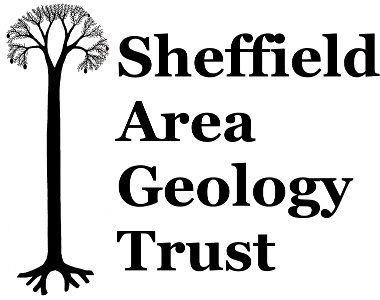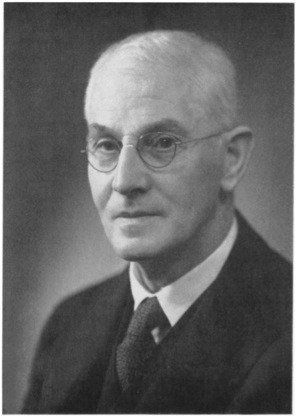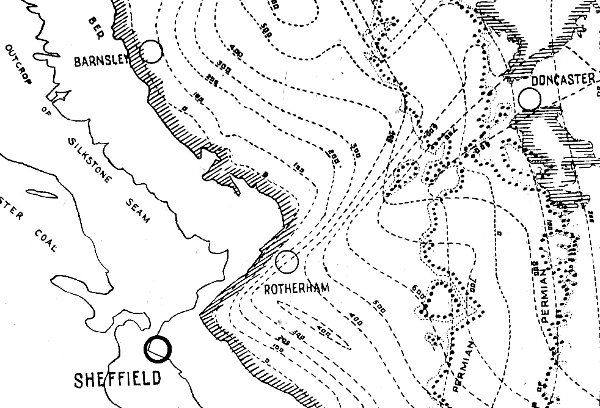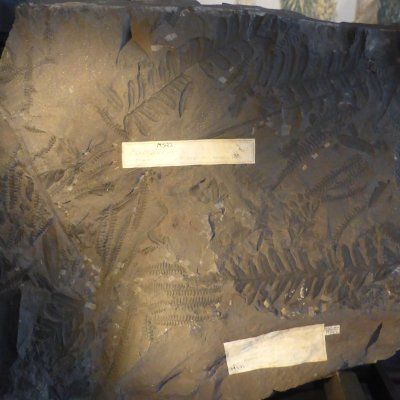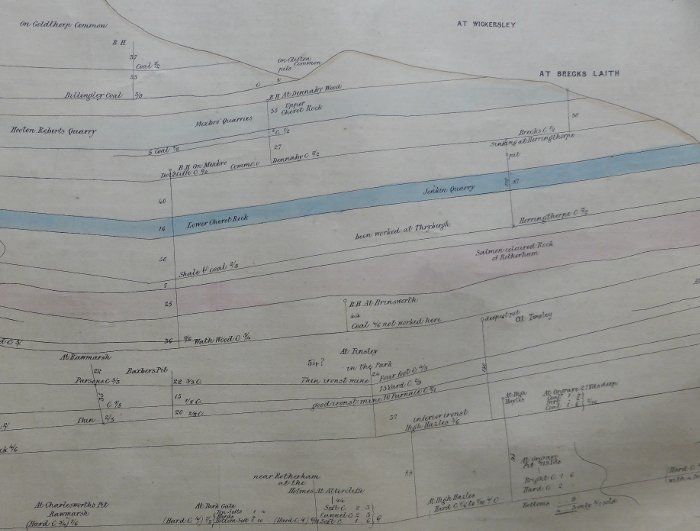Notable Geologists associated with South Yorkshire
Edmund Tyrell Artis (1789-1857)
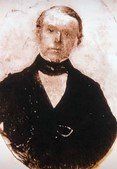
Edmund Tyrrell Artis was not a native of the South Yorkshire area but he made a key contribution to geological and palaeontological science at a time when these sciences were still relatively novel, based on his study of ‘natural history’ in the area when working as an employee of the Earl Fitzwilliam at Wentworth. In 1825 Artis published his book ‘Antediluvian Phytology?’, which contained descriptions and illustrations of his collection of plant and tree fossils from the Coal Measures, many of which had never been detailed before.
Born at Swefling (near Saxmundham, Suffolk) his father was a carpenter or cabinet maker and although Edmund was later described as being born in “easy circumstances”, his mother was illiterate, and both parents died poor.
Photo of Edmund Tyrell Artis. Courtesy of Professor Stephen Upex, University of Cambridge
WORK FOR THE FITZWILLIAM ESTATE
In 1805, Edmund came to London to work for an uncle in the wine trade, but by 1811 he had opened his own shop in Dorset Street, W.1, as a confectioner. He also married in that same year. It was clear Edmund was a skilled confectioner as he supplied grand dinners for the aristocracy and wealthy of that time. It seems that one of the iced cakes created by Edmund in the guise of an ancient castle in ruins, attracted the attention of the 4th Earl Fitzwilliam. The Fitzwilliams owned extensive estates at Milton Hall near Castor (Northamptonshire) and, more significantly for geology, at Wentworth Woodhouse where mines on the estate profitably exploited the coal seams running underneath. The Earl was so taken with the ingenuity and beauty of the entrée that he engaged Artis in his household, and by 1816 he had risen to the position of House Steward of the Earl’s seat at Milton, serving his son, Viscount Milton.
Artis was a man of multiple talents. In 1816 he painted a portrait of the Earl in oils, and in 1820 he made the acquaintance of John Clare the esteemed Northamptonshire nature poet, who freely acknowledged the debt he owed to Artis on matters of Natural History. Edmund’s interest in natural history may have been the stimulus for his start in collecting fossils, first from the gravels of the river Nene terraces and the fields around Castor, where in 1821 he discovered the remains of a fossil ‘elephant’.
COLLECTING PLANT FOSSILS
Between 1816 and 1821 Artis collected plant fossils from the Carboniferous Coal Measures found in the Fitzwilliam coal mines, principally at Elsecar. His interest may well have been encouraged and supported by the Earl and his son directly, both of whom had an interest in geology; both were subscribers to John Philips’s famous 1826 book ‘Illustrations of the Geology of Yorkshire’. One possibility is that that the house steward at Wentworth, Joshua Biram, with whom Artis undoubtedly spent much time during his visits there, was also manager of Fitzwilliam’s mines.
Some of Artis’s collecting was done in quarries but many of his finest specimens were obtained underground in the coalmines near Elsecar. This collecting of specimens from underground was one of the factors that made Artis’s work exceptional. Possibly because of his working relationship with Joshua Biram, he had a unique opportunity not only to go underground but also to have some of the workmen help him collect specimens. In his description of Filicites miltoni Artis stated that it came from “the roof of a chamber in the El-se-car coal mine, at a time when the shale was being riven in search of plants”. In the account of Filicites trifoliolatus he recorded having searched through “more than a ton of shale in this mine”. Artis was clearly able to excavate actively and extensively underground for the fossils over several years; this was in contrast to most other contemporary palaeontologists, who would either have had to look for them in the spoil produced during coal extraction, or to purchase them from miners. As such, many of his fossils displayed features that were not normally preserved in specimens collected at the surface. The latter werefound in sandstone quarries just east and north of Wentworth at Lea Brook and Hober (sic) - adjacent to Hoober Stand), Rawmarsh, Swinton Common and King Well Quarry, Worsborough. These fossils were preserved rather differently from those found in the Elsecar shales, consisting mainly of large fragments of stems and trunks, often preserved in situ. Collecting these specimens whole normally proved impossible, so Artis would first record the appearance of the fossil in the rock, and then he would extract representative samples from different parts of the plant. All in all, Artis collected between 1000 and 1500 specimens, which he displayed in his rooms in London. His collections and ‘fieldwork’ attracted the attention of contemporary geologists and in 1824 Artis was elected a Fellow of the Geological Society - indicating the esteem of his work.
PIONEERING PUBLICATION
In 1825 he published illustrations and descriptions of his fossil plant collection in his book ‘Antediluvian Phytology’. The book is exceptional on several levels, most notably for the quality of the plates, which were among the best palaeobotanical illustrations to have been published up to that time. Some of the illustrations were based on paintings by Artis himself but most were by the leading natural history illustrator John Curtis (most of these paintings are now in the collections of the Natural History Museum, London). Each plate was accompanied by a clear description, comparison and analysis of the fossils. Twenty-one of the species that he described were new to science and many of the species names he introduced are still in use today. Unlike some of his contemporaries, Artis does not name each different part of a plant as a new genus or species, but tries to connect the various fossilized parts together to imagine the whole extinct organism. He wrote:
"[a] systematic arrangement must be formed, and the first step is the accurate determination of the species. … It will be seen in the course of this Work how easy it would be to imagine even parts of the same specimen to be different species, when they happen to be broken and dispersed. The author may confidently assert, that in at least a thousand different specimens which he has in his possession, he does not apprehend that more than a hundred different species can be recognized. Furthermore, still fewer indeed can be referred to any living species … ."
Artis sold his London Rooms together with his fossil collection in 1829. Most of his specimens have been lost, but there are two in the Natural History Museum collections and fourteen others were donated to the Yorkshire Museum on his death.
After publication of his book, his interest shifted away from geology to archaeology in which he became a prominent figure, undertaking large-scale excavations at Castor, Northamptonshire, where he uncovered a Roman mosaic in the churchyard, and his accounts of the workings of Roman pottery kilns were unsurpassed until very recent times.
‘Antediluvian Phytology’ was published in a second issue in 1838 but unfortunately, after all his work, Artis took no part in any further investigations of Coal Measure plant fossils, perhaps because he had moved from the employ of the Fitzwilliams, However his book remained the standard reference for the following 100 years and more.
SOURCES:
Cleal, C., Frazer, H.E., Lazarus, M., Dannell, G. (2009) The forests before the flood: the palaeobotanical contributions of Edmund Tyrell Artis (1789–1847). Earth Sciences History, 28 (2), 245–275.
Dannell, G. EDMUND TYRRELL ARTIS F.G.S., F.S.A. 1789-1847
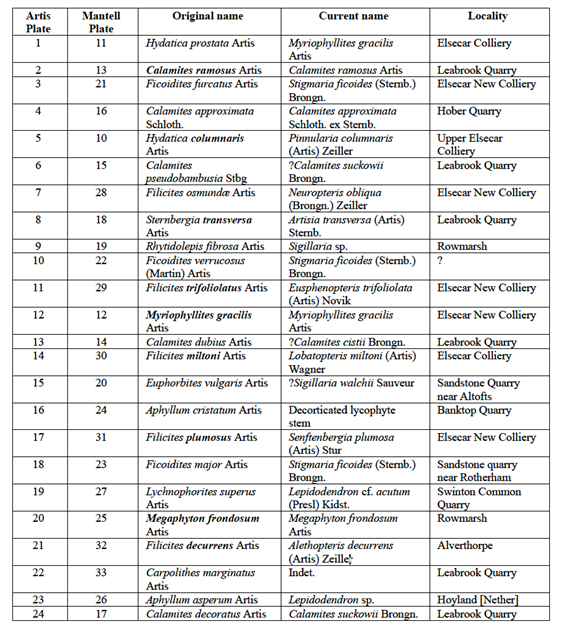
Table after Cleal et al.
Courtesy of Professor John A. Diemer
Editor of Earth Sciences History
University of North Carolina at Charlotte
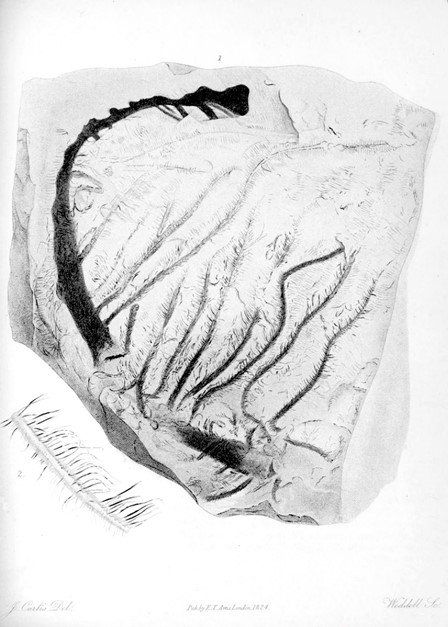
Here is a fossil never previously found or described, showing wonderful detail of a stem with branches and fine hair-like leaves (shown in the detailed drawing), the stem ends in a club-like head, from Elsecar Colliery. Artis named it Hydratica columnaris.
Plate 5 from Antediluvial Phytology
Image credit:
William Sawney Bisat (1887 - 1973)
Henry Culpin (1861-1912)
William George Fearnsides (1879 - 1968)
Walter Hemingway (1859 - 1947)
Henry Clifton Sorby (1826 - 1908)
William Thorp (1803 - 1860)
- John Goodchild Collection, Wakefield.
- After the death of their father, William and his brother Richard both became partners in North Gawber colliery
- Davis, J.W. (ed.), 1889. History of Yorkshire Geological and Polytechnic Society, 1837 - 1887, with biographical notices of some of its members. Proceedings of the Yorkshire Geological and Polytechnic Society, New Series, v. 10.
- Alumni cantabrigienses, Part II, Volume VI, 1954.
- Parish Register, St. Andrew, Newcastle upon Tyne, & 1851 census for Bawtry.
- From 1844 Thorp held the position of honorary secretary and treasurer and from 1854 he was a vice-president.
- Proceedings of the West Yorkshire Geological and Polytechnic Society, v.1, 1839-1842.
- Proceedings of the West Yorkshire Geological and Polytechnic Society, v.4, 1859-1868, p.1.
- Hunter, J. 2017: The Rotherham Red Rock: an example of Permian, structurally controlled, deep secondary oxidation. Mercian Geologist, v.19(2), p.77-85
